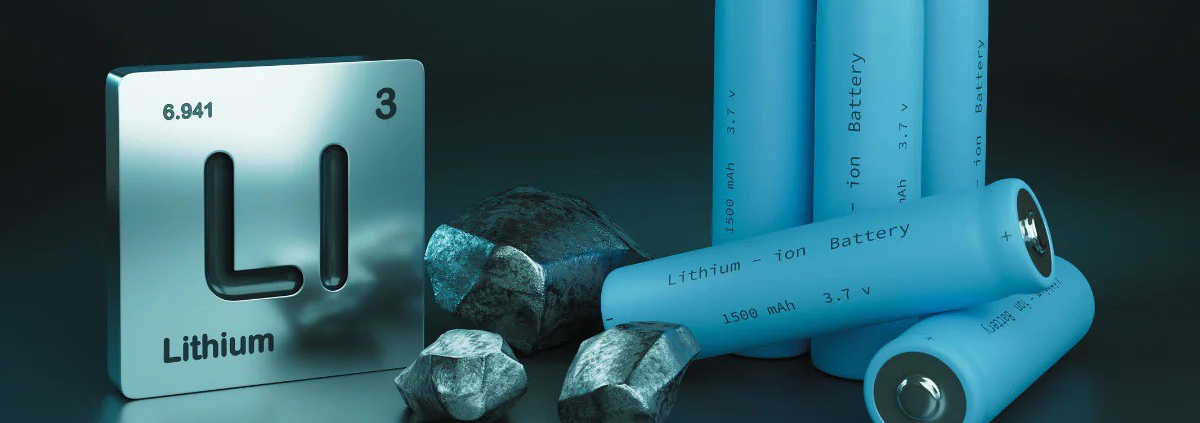Do Lithium Batteries Explode? Understanding Lithium Battery Safety and Applications
Lithium batteries are preferred for many applications due to their high energy density, long life, and efficiency, from electric vehicles to marine starting systems. However, there are often concerns about safety, especially the risk of explosion. This article explores why lithium batteries are generally safer than other battery types, under what circumstances they may fail, and best practices for safe use. We’ll also look at their advantages in key applications such as golf carts, marine starter batteries, and network communication power systems.
Why are lithium batteries safer than other battery types?
Lithium batteries, especially lithium iron phosphate (LiFePO4), are inherently safer than traditional lead-acid or nickel-based batteries for the following reasons:
- Stable chemical structure
- LiFePO4 batteries are not susceptible to thermal runaway (the main cause of explosion) because they have strong phosphate bonds that prevent overheating.
- Unlike lithium cobalt oxide (LiCoO₂), which is used in smartphones and laptops, LiFePO4 does not release oxygen when damaged, reducing the risk of fire.
- Built-in battery management system (BMS)
- The BMS monitors voltage, temperature, and current to prevent:
- Overcharging (which can cause swelling or fire)
- Over-discharge (damage to the battery)
- Short circuit (the main cause of battery failure)
- No toxic or flammable liquids
- Lead-acid batteries contain sulfuric acid, which can leak and corrode equipment.
- Nickel-cadmium (Ni-Cd) batteries use toxic cadmium and need to be handled with care.
- Lithium-ion battery seals are maintenance-free, eliminating acid leakage.
- Reduces the risk of gas build-up
- Lead-acid batteries produce hydrogen during charging, which can explode if caught fire.
- Lithium batteries do not emit gases during normal operation.
When do lithium batteries explode or catch fire?
Although rare, lithium battery failure can occur under extreme conditions:
- Physical damage (puncture or crushing)
- If a lithium battery is punctured, it may short circuit internally, resulting in thermal runaway.
- Solution: Use a ruggedized lithium battery with a ruggedized case (e.g., marine-grade LiFePO4).
- Overcharging or overheating
- Charging more than 4.2V per cell (for lithium-ion batteries) or 3.65V per cell (for LiFePO4) will result in electrolyte breakdown.
- Solution: Always use a smart charger that is compatible with lithium batteries.
- Poor manufacturing (low-quality batteries)
- Cheap, non-certified lithium batteries may lack proper BMS protection.
- Solution: Buy from well-known brands with UL/IEC certifications (e.g. Battle Born, RELiON).
- Extremely cold charging
- Charging below 0°C (32°F) results in lithium plating, which can lead to an internal short circuit.
- Solution: Some LiFePO4 batteries have built-in heating systems that are suitable for cold climates.
Safety tips for using lithium batteries
To maximize safety and longevity, follow these guidelines:
- Use the correct charger
- Never use a lead-acid charger for a lithium battery – it may overcharge the battery.
- Choose a lithium-specific charger with voltage cut-off.
- Avoid extreme temperatures
- Storage: Keep the battery between -20°C and 45°C (-4°F and 113°F).
- Made: LiFePO4 works at -20°C to 60°C, but a heater is required to charge below 0°C.
- Install appropriate circuit protection
- Use a fuse or circuit breaker to prevent short circuits.
- Marine and golf cart batteries should have waterproof battery terminals.
- Regular check-ups
- Check for swelling, leakage, or unusual fever.
- If the battery is damaged, replace it immediately.
Advantages of lithium batteries in critical applications
- Golf carts
✔ Longer range: 30-50% longer run time than lead-acid batteries.
✔ Faster charging: 2-3 hours compared to 8+ hours for lead-acid batteries.
✔ Lighter weight: 50-70% lighter for greater efficiency.
- Marine starter battery
✔ Reliable Cold Start: Maintains stable power even at -20°C (-4°F).
✔ Zero Maintenance: No watering or corrosion.
✔ Vibration Resistance: Ideal for rough waters.
- 网络通信备用电源
✔ Long Lifespan: 10+ years vs. 3-5 years for lead-acid.
✔ High Efficiency: 95%+ energy retention vs. 70-80% for lead-acid.
✔ Space-Saving: Compact size for telecom stations.
Conclusion: Are Lithium Batteries Safe?
Yes—when used correctly, lithium batteries (especially LiFePO4) are far safer than lead-acid or Ni-Cd alternatives. Their built-in BMS, stable chemistry, and lack of toxic materials make them ideal for golf carts, marine use, and telecom applications.
To minimize risks:
✅ Buy certified lithium batteries.
✅ Use proper charging equipment.
✅ Avoid physical damage and extreme temperatures.
By following these best practices, you can safely enjoy the longevity, efficiency, and performance of lithium battery technology.
Final Thoughts
Lithium batteries are revolutionizing energy storage across industries. While no battery is 100% risk-free, modern lithium technologies—when properly engineered—are among the safest and most reliable options available today.
Would you like recommendations for lithium batteries in specific applications? Let us know in the comments!


